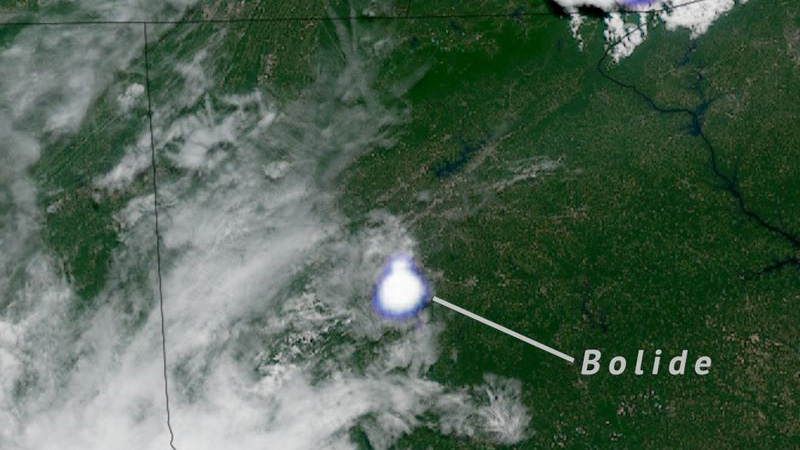It’s a bird! It’s a plane! It’s… a bolide!
South Carolina
Posted inNews
Massive Ocean Waves May Play a Role in Nuisance Flooding
When huge planetary waves that spawn in the open ocean reach land, they can raise local sea levels along the coast. Could tracking these waves help scientists predict flooding months in advance?
Posted inResearch Spotlights
Upper Estuaries Found to Be Significant Blue Carbon Sink
Inland from the seagrass and salt marsh ecosystems that border the ocean, upper estuaries store more carbon than previously realized and could play an important role in mitigating climate change.



